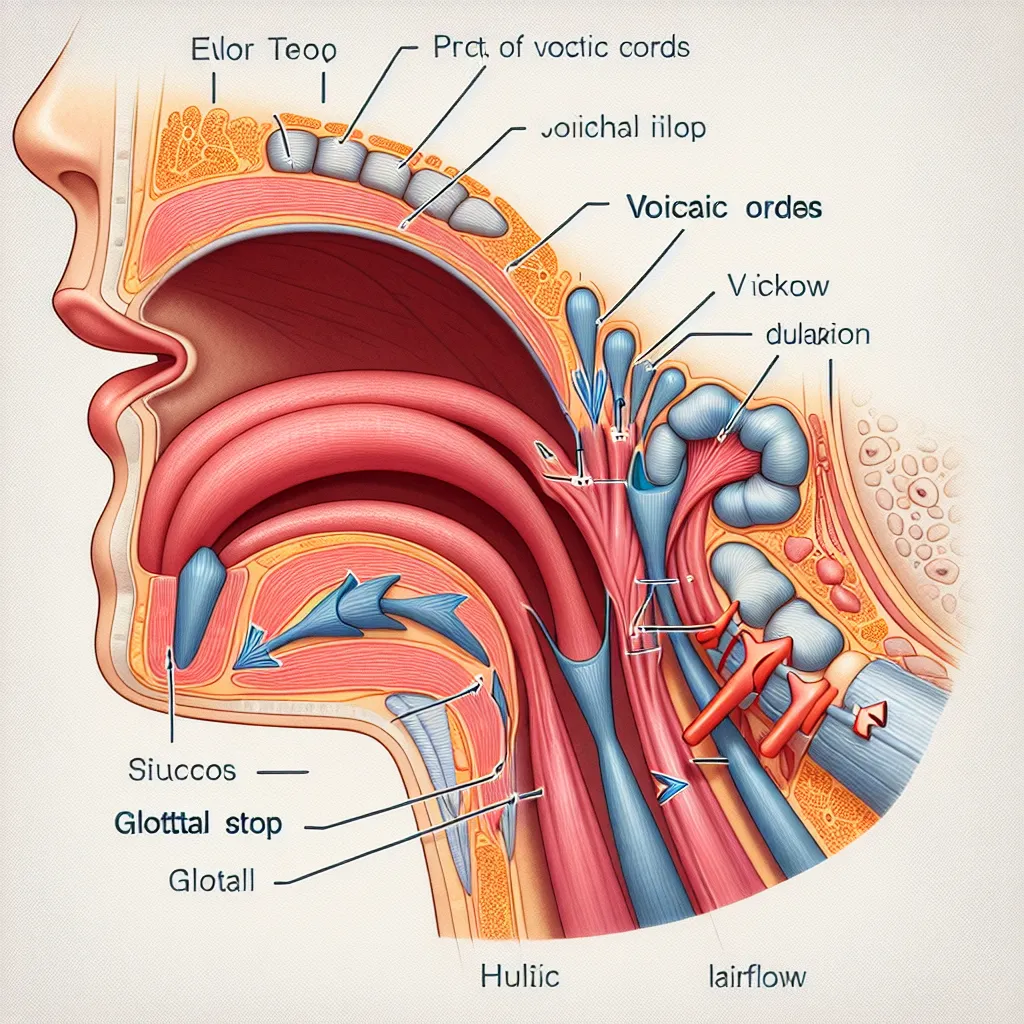Are you looking to improve your English pronunciation? Daily pronunciation drills can be a game-changer in your language learning journey. In this comprehensive guide, we’ll explore effective strategies and techniques to enhance your pronunciation skills through consistent practice.
Understanding the Importance of Daily Pronunciation Drills
Pronunciation is a crucial aspect of language learning that often gets overlooked. Many learners focus on grammar and vocabulary, neglecting the importance of clear and accurate pronunciation. However, mastering pronunciation can significantly improve your overall communication skills and boost your confidence when speaking English.
Why Daily Drills Matter
Daily pronunciation drills are essential because they help you:
- Develop muscle memory for correct articulation
- Improve your ability to recognize and produce different sounds
- Enhance your overall fluency and clarity in speech
- Build confidence in your speaking abilities
 Daily pronunciation practice
Daily pronunciation practice
Effective Daily Pronunciation Drill Techniques
1. Minimal Pair Practice
Minimal pairs are words that differ by only one sound. Practicing these pairs can help you distinguish between similar sounds and improve your pronunciation accuracy.
Example: “ship” vs. “sheep”, “bit” vs. “beat”
Try this drill:
- Read each word aloud, focusing on the difference in vowel sounds
- Record yourself and compare your pronunciation to native speakers
- Practice regularly to train your ear and mouth to distinguish and produce these sounds accurately
2. Tongue Twisters
Tongue twisters are excellent for improving articulation and mouth muscle control.
Example: “She sells seashells by the seashore”
Daily practice:
- Start slowly, focusing on each sound
- Gradually increase your speed while maintaining accuracy
- Try different tongue twisters to challenge various aspects of pronunciation
3. Shadowing Technique
Shadowing involves listening to native speakers and repeating what they say in real-time.
How to practice:
- Choose a short audio clip or video with clear pronunciation
- Listen and repeat simultaneously, mimicking the speaker’s intonation and rhythm
- Focus on matching the speaker’s pace and stress patterns
4. Phonemic Chart Exercises
A phonemic chart is a visual representation of all the sounds in a language. Familiarizing yourself with this chart can greatly improve your understanding of English sounds.
Daily drill:
- Spend 5-10 minutes practicing individual sounds on the chart
- Focus on sounds that don’t exist in your native language
- Use online resources or apps that provide audio examples for each sound
Learn more about mastering English pronunciation through repetition
5. Word Stress and Sentence Rhythm Practice
English has a specific rhythm and stress pattern that can greatly affect meaning and comprehension.
Practice routine:
- Choose a sentence or short paragraph
- Mark the stressed words and syllables
- Practice reading aloud, emphasizing the correct stress and rhythm
- Record yourself and compare with native speaker recordings
Common Pronunciation Mistakes and How to Avoid Them
-
Th-sound: Many non-native speakers struggle with this sound. Practice by placing your tongue between your teeth and blowing air out.
-
Silent letters: Words like “knife” or “listen” can be tricky. Make a list of common words with silent letters and practice them regularly.
-
Vowel length: Pay attention to long and short vowel sounds, as they can change word meanings (e.g., “ship” vs. “sheep”).
-
Word stress: Incorrect stress can make words unrecognizable. Use a dictionary to check stress patterns of new words you learn.
-
Intonation: English has a specific melody. Practice question intonation and sentence stress to sound more natural.
Discover advanced exercises for mastering English pronunciation
The Phonemic Chart and 10 Commonly Mispronounced Words
Understanding the phonemic chart is crucial for improving pronunciation. Here’s a simplified version of the English phonemic chart:
Consonants: /p/ /b/ /t/ /d/ /k/ /g/ /f/ /v/ /θ/ /ð/ /s/ /z/ /ʃ/ /ʒ/ /h/ /tʃ/ /dʒ/ /m/ /n/ /ŋ/ /l/ /r/ /j/ /w/
Vowels: /iː/ /ɪ/ /e/ /æ/ /ɑː/ /ɒ/ /ɔː/ /ʊ/ /uː/ /ʌ/ /ɜː/ /ə/
Diphthongs: /eɪ/ /aɪ/ /ɔɪ/ /əʊ/ /aʊ/ /ɪə/ /eə/ /ʊə/
10 commonly mispronounced words and their correct pronunciations:
- Pronunciation: /prəˌnʌnsiˈeɪʃn/ (not “pronounciation”)
- Comfortable: /ˈkʌmftəbl/ (three syllables, not four)
- Clothes: /kləʊðz/ (one syllable, not two)
- Vegetable: /ˈvedʒtəbl/ (three syllables, not four)
- Wednesday: /ˈwenzdeɪ/ (two syllables, not three)
- Sixth: /sɪksθ/ (one syllable, with both ‘x’ and ‘th’ sounds)
- Regularly: /ˈregjələli/ (four syllables, not five)
- Jewelry: /ˈdʒuːəlri/ (three syllables, not four)
- Entrepreneur: /ˌɒntrəprəˈnɜː(r)/ (four syllables, stress on the last)
- Particularly: /pəˈtɪkjələli/ (five syllables, not six)
Practice these words daily, focusing on the correct stress and individual sounds.
Learn how to improve pronunciation using voice exercises
Conclusion
Incorporating daily pronunciation drills into your English learning routine can significantly improve your speaking skills. Remember, consistency is key. Even 15-20 minutes of focused practice each day can lead to noticeable improvements over time. Start with the techniques outlined in this guide, and don’t be afraid to seek feedback from native speakers or language tutors. With dedication and regular practice, you’ll be well on your way to clearer, more confident English pronunciation.
We encourage you to share your experiences with these pronunciation drills in the comments below. What techniques have you found most helpful? Do you have any additional tips to share with fellow learners? Let’s create a supportive community for English pronunciation improvement!




